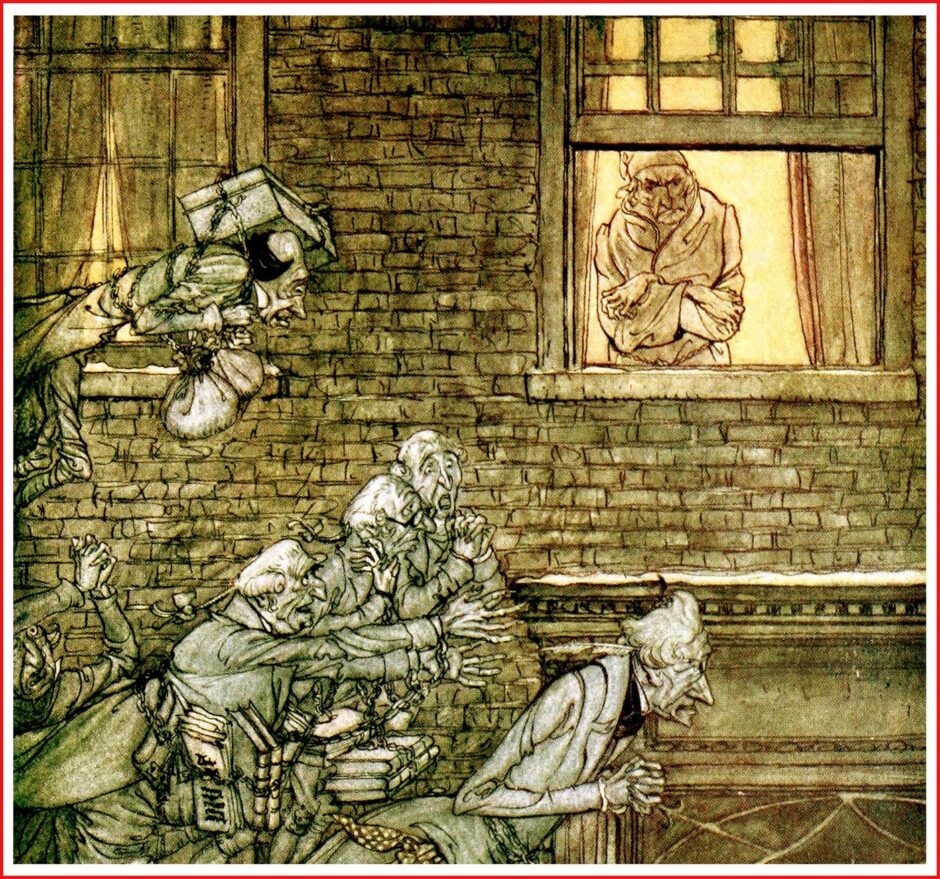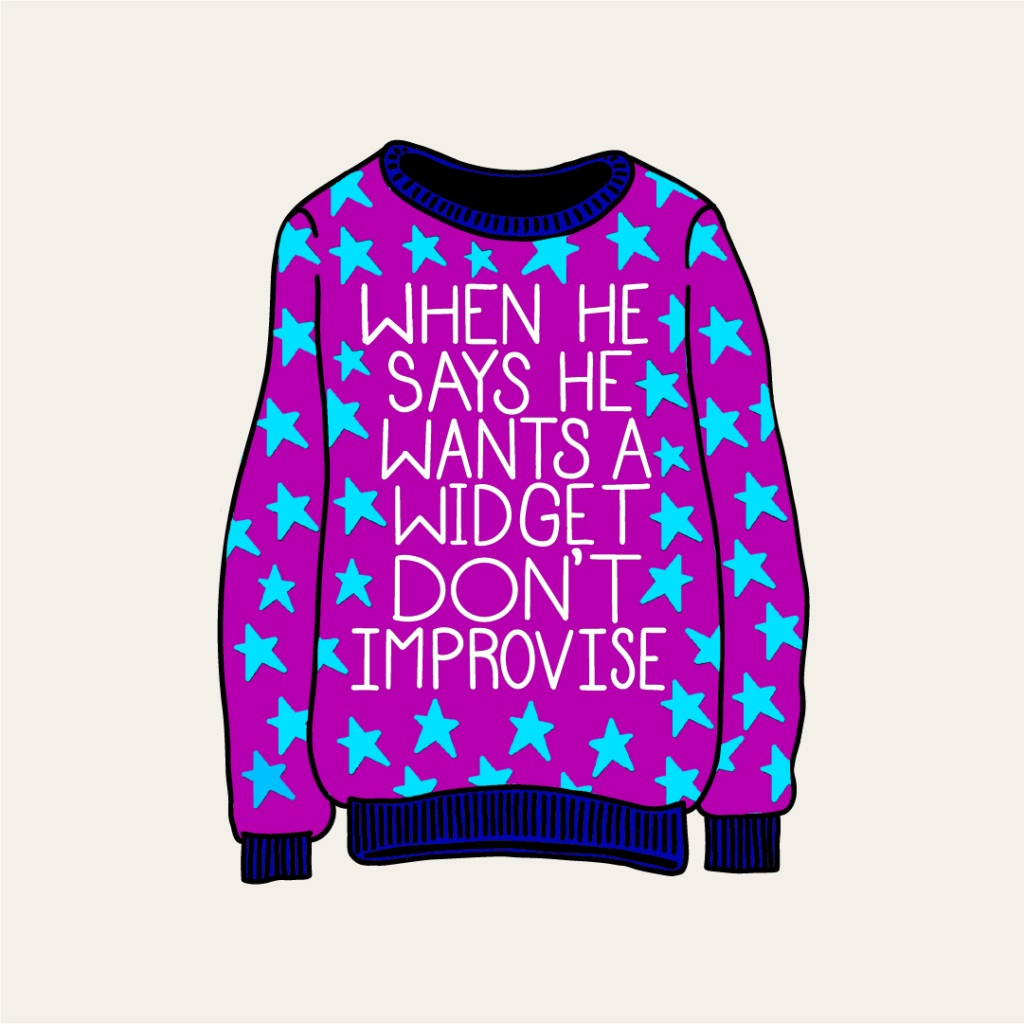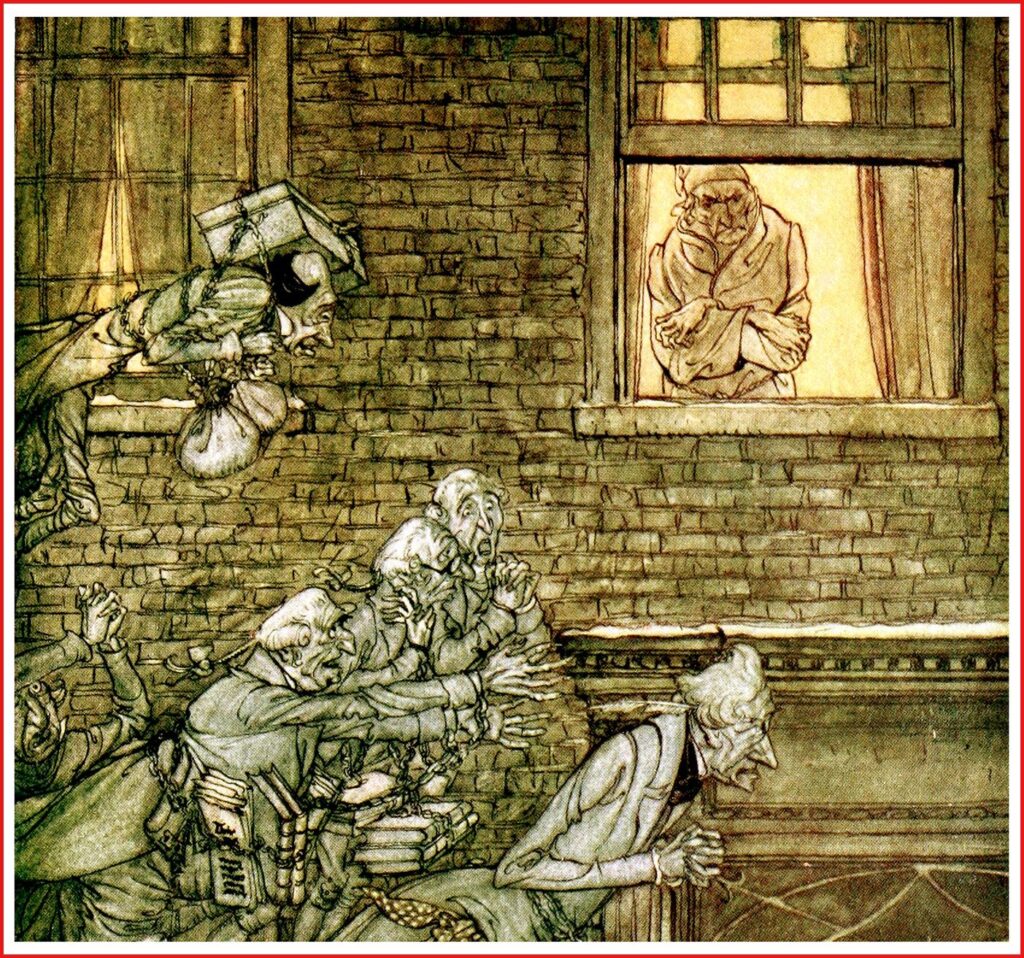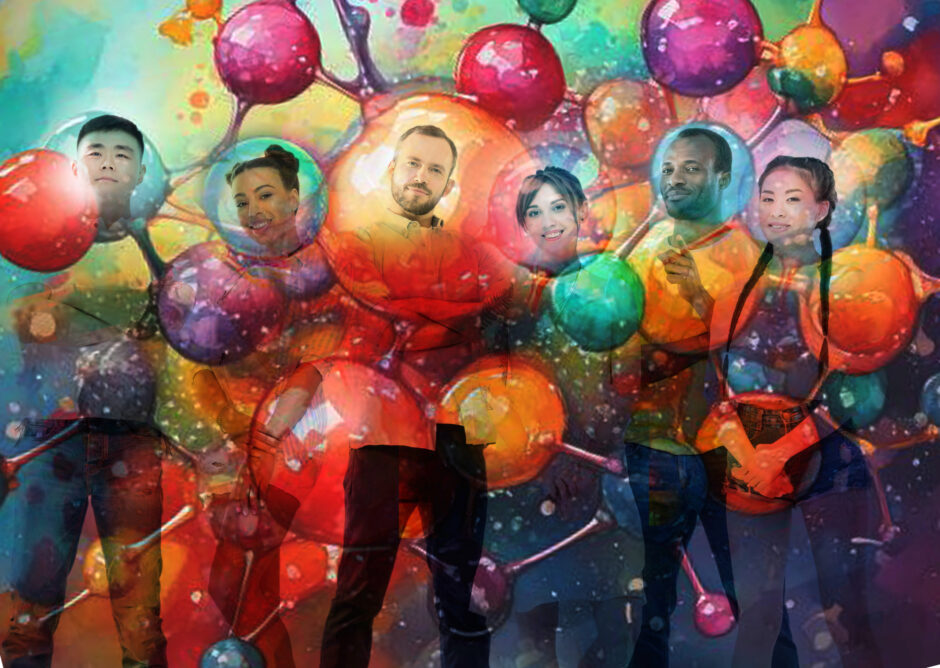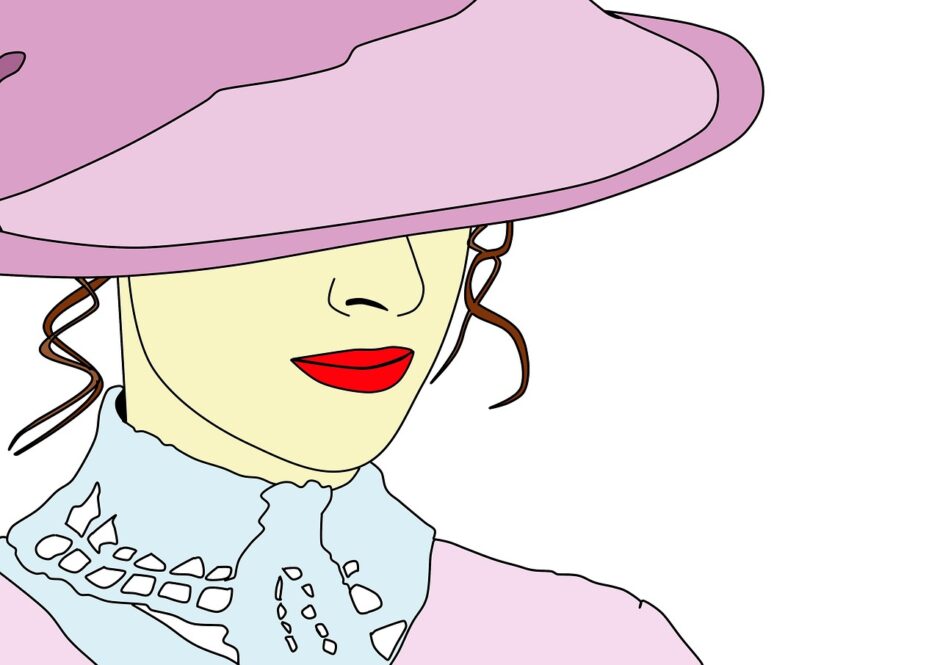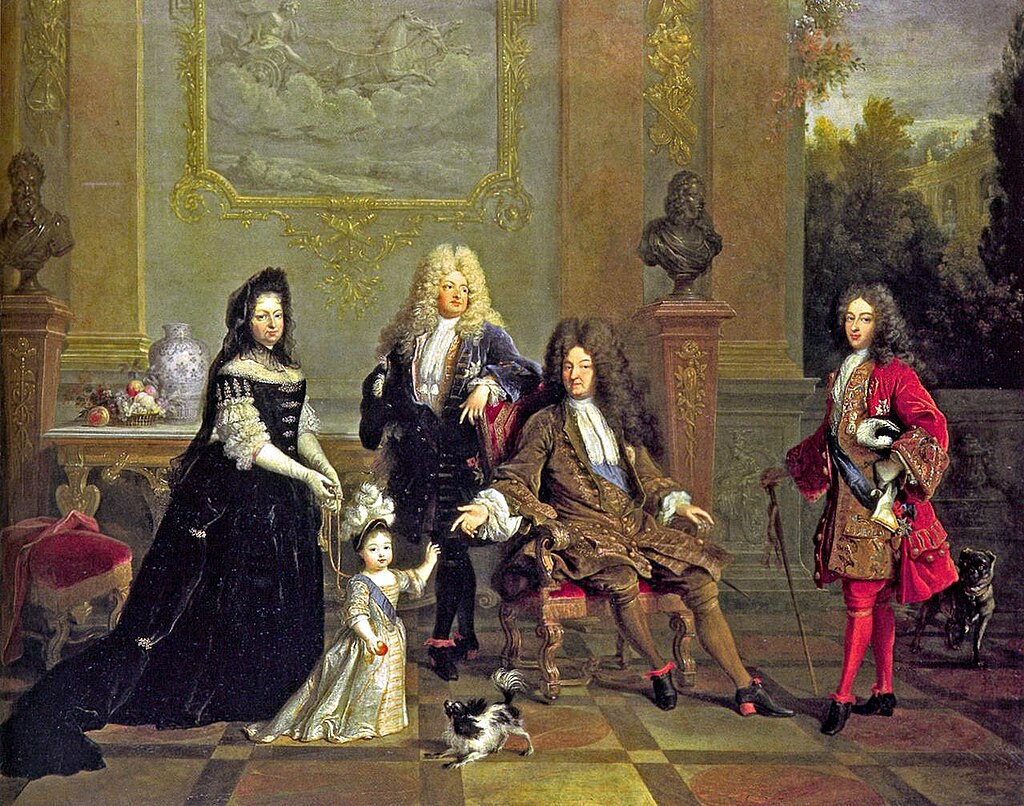I’ve been feeling a little homesick recently. Not terminally so. Not in any way that incapacitates me. I don’t languish all day every day, overcome with longing to be back in Blighty. But I’m at a life stage where I’m trying to figure out where I want to spend what’s left of it. The prospect of going home has flicked into my mind more than once.
I ask myself, “Could I go back?” “Should I go back?” I didn’t leave the UK until my mid-thirties, so I still have deep-rooted friendships around the place. On that basis, I probably could make a fist of going home. The more interesting question is the one with “should I?” in it.
The ancient Greek philosopher Heraclitus said, “You can’t step into the same river twice.” In saying this, he acknowledged that impermanence is our reality—everything is in flux. Heraclitus’s point was that if you return to something, even if the parameters are essentially the same, you’re not the same person you were. The river or thing you’ve returned to has continued to flow and subtly alter, so it’s a different experience. Profound or what? But that’s the thing with philosophers. They tend to be on the smart-ass end of the insight spectrum—even long-dead ones.
The call of home is persistent
I’m a voluntary expat and accept the odd bout of homesickness as part of the deal. It’s not as if I was fleeing a tyrannical regime or anything like that. My ‘suffering’ is generally rare and fleeting. Also, I can actually go home whenever I like, limited only by first-world issues like the ability to pay, and finding the time. But the call of ‘home’ is persistent. It is as if a fragment of an umbilical cord connects me to my land no matter how much water, or ocean to be more precise, separates us or flows under the proverbial bridge.
OK, it would have to be an implausibly long bridge to span the vast tracts of land and sea between Scotland and New Zealand. It’s about 18,000kms from my Wellington home to mist covered mountains of home. But this is a story, not an article for an engineering journal, so who cares. In any case, that persistent little strand of umbilical cord refuses to be severed. And this refusal to be severed leaves a tiny door to the past very slightly ajar.
Why is is calling so hard now?
My current nostalgia has two drivers. First, I’m writing a new book. It’s partially a memoir, and the action starts when my family returns to the Highlands on a bleak November day in 1962 after a year of California Dreamin’ in Los Angeles. I was three and a bit, and arriving at our new place was my first genuine memory, unprompted by anecdotes, photos, or home movies.
It was a crossroads for my family, triggered when my paternal grandfather bought a Victorian mausoleum of a hotel in a place called Kingussie. Having done that, he decided he couldn’t cope and sent out a three-line whip to bring Dad (and us) back and help him cope with his folie de grandeur. I’ve been exploring the fallout from this re-entry and what it meant for our lives.
The second is that I’m planning a trip back in May after an unusually long gap of six years. I’m beyond excited to see my family and friends. The old Doris Day song, A Sentimental Journey keeps popping into my head. Unlike the singer, I haven’t yet packed my bags, but I have my reservation. I’m travelling by air, not rail, and the destination is very different. But I’m on board (as it were) with the “never thought my heart could be so yearney” vibe of the song. I can’t wait to be home again, even briefly.
Local isn’t necessarily less, global isn’t always great
There is currently much (sometimes heated) discussion about the divide between globalists and localists. Globalists love the cross-pollination of ideas and advances when people are readily mobile. They’re the ones who would move anywhere for the right job, relationship, or lifestyle. They embrace the challenges and perceived growth of living in different places and rubbing shoulders with other cultures.
Localists, on the other hand, want to stay connected with their roots. They are deeply attached to their place and the friends and family they grew up with. They remain local and retain their communities and the comfort of old customs and lore. They’re close to their history and heritage in a way that the globalist can’t be; however, much like me, they still identify as part of their national diaspora.
The underlying tension is whether the global village concept has destroyed more than it has achieved. Has it paved the way to loneliness, isolation, and fractured national cultures? Or has it stimulated the old concept of entente cordiale between nations. Has it giving us peace and security, keeping the majority of the world’s citizens playing nice with each other? I’d say it’s a fair bit of both, although in the current climate, there isn’t much entente cordiale going around. Local isn’t necessarily less. Global isn’t always great. But we’re lucky to be able to choose and going home is one choice.
Can you be an accidental globalist?
Of course, there have always been global nomads. Through the epochs, people have burned to push boundaries. Find and tame wildernesses, discover, explore and generally find answers to the unknown. To boldly go where no one has gone before—into huge empty tracts on maps marked Terra Incognita—“here be dragons”—for example. Humans have always been hungry for new ideas, culture, and scientific knowledge to improve and extend our lives. Globalisation has allowed many to leave poverty or violence and find a better life. It has also brought turmoil to places through war and a perceived loss of culture and national identity.
I’ve lived in several countries. These stints have ranged from a few months to many years. I guess that makes me a globalist. I’m not sure whether this is by chance or choice. Can you be an accidental globalist? Most of us who move away seek opportunity—the perception of more, bigger, broader, deeper lives to be had out there. That was certainly the case for me. It’s not that I didn’t love growing up in the Scottish Highlands. I did. I had a fantastic ‘free range’ childhood in the security of a close-knit community. But, the person I am would always leave at the first opportunity.
Following the breadcrumb trail
I was desperate for the adventures and sophisticated life I believed were passing us by in our little backwater. Like Dorothy in The Wizard of Oz, I couldn’t wait to find the yellow brick road to the Emerald City—in my case, London. Unlike Dorothy, I didn’t need a cyclone to sweep me away—I was more than ready and willing…and the trains were quite good in those days. Equally, having left, no Wicked Witch of the West was stopping me from returning. I didn’t need to click the heels of my magic red shoes. Just buy a ticket.
I certainly wasn’t pursuing some meticulous ground plan of continuous improvement by relocation, although I’m sure people do. It was more of following the bread crumbs scattered before me to see where they would lead. Unlike Hansel and Gretel, I didn’t find the Gingerbread House, or meet the witch, but it’s been a fascinating meander nonetheless.
Tech takes a lot of the sting out of being a global nomad in the information age. Unlike our predecessors, who had to survive unendurably tedious or outright dangerous journeys in pursuit of better, we can now board a flight and, like magic, be spat out in our new place a couple of days later, equipped with the tech comms to stay in touch and suffering little worse than a bout of jet lag. Better or not, it’s certainly a piece of cake in comparison. But a Zoom call doesn’t cut it when you think about a long lunch swapping confidences with old friends.
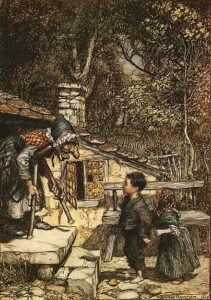
About stepping into those rivers
We can, of course, step into the same river as often as we like, should we choose. When I think about my homeland, it sings to me, and the song gets louder with the passing years. I don’t think that’s unusual. Nostalgia and sentiment walk more closely alongside us as we age and try to make sense of the paths we’ve taken in our lives. And these guys don’t play fair. They entice us to look back with a rose-tinted patina colouring what we see in the rearview mirror.
But I think Heraclitus had the right of it—you can’t step back into what was. If I chose to go back, I wouldn’t return to the same place. While it’s superficially the same, the world has moved on, and Highland villages have moved with it. More importantly, I’m not the same person. While the adult I am has deep undercurrents of the youth I was, my experiences and expectations have changed, and I know deep down that what calls to me is the past I inhabited and (mostly) loved, not the present in its globally enhanced form.
Maybe I’m just getting older and it’s natural to look back with fondness for the simpler times of my youth. The prospect of going back underlines the preciousness of community and how much we could do with more of it now.. But I’m also a globetrotter who carries the imprint of the other places I’ve lived. I may not be attempting to step into the same river twice when I travel in May—I don’t really think going home for good is an option—but I trully cannot wait to set out on my Sentimental Journey Home.




